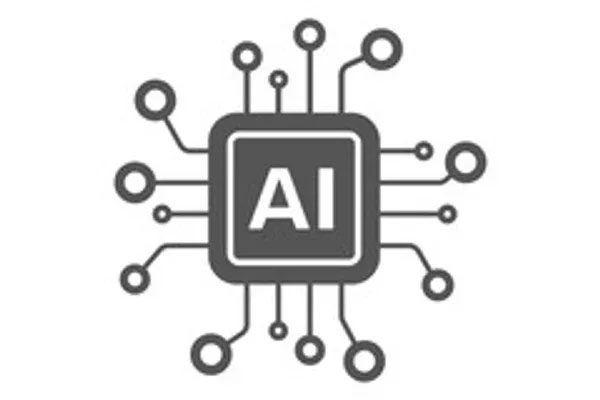In today’s digital economy, technology is the key to success in any size organization. The proper and timely adaptation of technology in organizations provides efficiency, innovation, and better engagement by employees and customers. Successful technology adaptation requires focusing on three key areas, employees, processes, and technology. The employees are the most critical component of any organizational technology adaptation. This requires a thoughtful approach that addresses various aspects of implementation, training, communication, and support.
You must follow a systemic approach to understand the organization’s needs and involve the right people early to bring about this change. Following is an approach that can assist in driving successful results.
- Understanding the needs: First, thoroughly assess the organization’s current processes and pain points. Identify areas where technology can positively impact and address the organization’s specific challenges.
- Establish Clear Objectives: Define clear and achievable objectives for technology adoption. Whether it’s improving productivity, streamlining operations, enhancing customer service, or reducing costs, having specific goals will guide the implementation process.
- Select User-Friendly Solutions: Choose technology solutions that are intuitive and user-friendly. Small and midsize organizations may need more resources for training and support, so selecting tools that are easy to use can promote faster adoption.
- Provide Training and Support: Offer comprehensive training to employees on effectively using the new technology. Training should be ongoing and accessible to all relevant staff members. Additionally, provide a support system to address any questions or issues during implementation.
- Encourage Employee Involvement: Involve employees in the technology selection process and encourage their feedback. Employees who feel valued and engaged in decision-making are more likely to embrace the changes.
- Lead by Example: Ensure that leadership within the organization actively adopts and promotes the use of the new technology. When employees see their leaders embracing the change, they are more likely to follow suit.
- Communicate the Benefits: Communicate the benefits of the technology to employees. Help them understand how it will improve their daily tasks, streamline processes, and contribute to the organization’s success.
- Start Small and Scale Up: Begin with pilot projects or phased implementations rather than attempting to implement all new technologies simultaneously. Starting small allows for easier monitoring and adjustment, and successful pilots can serve as examples for broader adoption.
- Create a Supportive Culture: Foster a culture encouraging innovation and continuous improvement. Recognize and reward employees who actively embrace and utilize technology to drive positive change.
- Address Security and Privacy Concerns: Address any security and privacy concerns upfront. Assure employees that their data will be protected and that compliance with relevant regulations will be maintained.
- Measure and Evaluate Success: Define key performance indicators (KPIs) to measure the impact of technology adoption. Regularly assess progress and success and use the data to make informed decisions for further improvements.
- Stay Updated and Flexible: Technology continually evolves, and small and midsize organizations should remain open to adopting new tools and solutions as needed. Being flexible and adaptable ensures that the organization stays competitive and relevant.
Some of the above points should be part of the change management initiative. Still, this initiative is usually an afterthought in most technology transformations or adaptions, and that is why a small percentage of technology implementations provide results that meet the original goals. Implementation teams should focus more on incorporating a custom change management approach in their technology adoption or transformation approach. By following the steps mentioned earlier, small and midsize organizations can enhance technology adoption, leverage its benefits, and position themselves for growth and success in the rapidly evolving digital business landscape.





